- Hotline: 852+ 2891 9689
- Whatsapp: 852+ 9146 8426
- [email protected]
- 6/F 29 Austin Road, Tsimshatsui, Kowloon, Hong Kong
Hair loss due to scarring, also known as scarring alopecia, can occur after injury, surgery, burns, or certain medical conditions that damage the scalp’s hair-bearing skin. Unlike typical pattern baldness, these areas may lose hair permanently due to the destruction of hair follicles and underlying structures.
Common causes include:
Trauma or surgery (e.g. car accidents, surgical scars)
Burns (thermal, chemical, or radiation-induced)
Autoimmune diseases (e.g. lichen planopilaris, lupus, folliculitis decalvans)
Infections (e.g. tinea capitis, bacterial abscesses)
Hair transplantation into scars offers selected patients the possibility of regaining hair in these damaged areas. However, grafting into scar tissue requires special consideration, as blood supply may be reduced, tissue stiffness may affect healing, and not all scars are suitable.
Careful evaluation by an experienced doctor is crucial, and success often depends on proper patient selection, lower graft density, and sometimes multiple sessions.
Done properly, hair grafting into scarred areas can restore confidence and improve cosmetic appearance—even in places once thought untreatable.
A test patch or small trial transplant may be done first to assess graft survival.
Transplanting into scars requires experience and precision, as survival is lower than normal scalp.
Multiple sessions are often required for optimal cosmetic improvement.
Not all scars are the same — and not every scar can support transplanted hair. Success depends on the type of scar, its condition, and blood supply in the area.
Stable, Mature Scars
Formed more than 6–12 months ago
Not red, itchy, or growing in size
Typically pale and soft
Atrophic Scars ( Sunken or flat )
From trauma, burns, or prior surgeries
Often have better vascularity and healing potential
Hypertrophic Scars (Thick or raised but stable)
May respond to careful grafting with low density
Require lower packing density and possibly multiple sessions
Linear Scars from FUT or Surgery
Commonly treated with FUE for concealment
Keloid Scars
Raised, thickened, and often painful
Tend to grow uncontrollably and may worsen after surgery
Active Inflammatory or Infected Scars
From autoimmune diseases (e.g., lichen planopilaris, lupus)
Hair transplant is contraindicated until disease is inactive
Radiation-Induced Scars
Poor blood supply may cause low graft survival
Suitable for those with permanent hair loss due to scarring.
Doctor consultation is essential to assess the type and stability of the scar.
Keloid scars or active inflammatory scarring may not be treatable with transplant.
Patients must understand that not all grafts will survive, and multiple sessions may be needed for optimal result.
Usually 2 sessions are required to compensate for:
Reduced local blood supply
Variable graft take in scar tissue
The scarred region of the scalp, depending on:
Each hairline is custom-designed to match your face shape, age, and aesthetic goals. We aim for:
Technique is tailored to each case, based on donor availability and hair quality:
FUT ( Strip Method )
FUE ( Follicular Unit Excision )
Thinning in area 1 – Relatively easy job and welcomed by many small hair transplant centers as only a few hundreds grafts are needed. We do not recommend for those younger than 25. Further hair loss in area 2 will make the transplanted hair in area 1 stand out like horns, very difficult to repair.
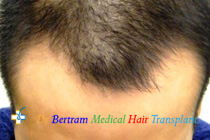
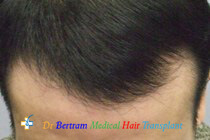
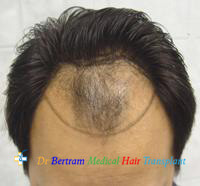
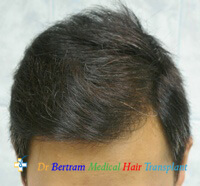
Mostly limited to the donor area in scarring alopecia
Risk of shock loss within scarred tissue is lower, as native follicles are typically absent
Shock loss is typically triggered by surgical trauma or stress to the scalp. Even when carefully performed, the procedure can temporarily disturb surrounding native hairs, especially if those hairs are already weakened due to:
Genetic miniaturization ( male pattern baldness )
Scalp inflammation or poor circulation
Nutritional deficiency or chronic stress
Onset: Typically 2–4 weeks post-transplant
Recovery: New growth generally begins around 3–4 months
Full regrowth: Usually achieved by 6–12 months
Most of the shed hairs return, often healthier and stronger with proper care and recovery support.
At our clinic, we take every precaution to reduce the chance and impact of shock loss:
Gentle and precise implantation to minimize trauma
Avoiding overpacking grafts into fragile native zones
Offering LLLT (Low-Level Laser Therapy) to enhance recovery
Advising targeted supplements and optional pre-op minoxidil for borderline areas
In most male patients, no. Shock loss is a temporary phase in the healing process.
However, if the affected hairs were already severely miniaturized, they may not return — not because of the transplant, but because they were nearing the end of their life cycle.
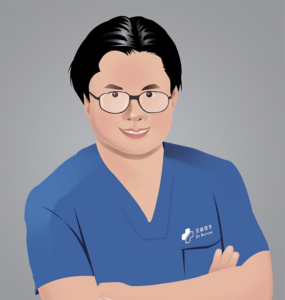
Not All Receding Hairlines Are the Same. Some are stable and purely cosmetic, while others progress aggressively. A medical evaluation is essential to determine the cause, assess future risk, and discuss treatment options.
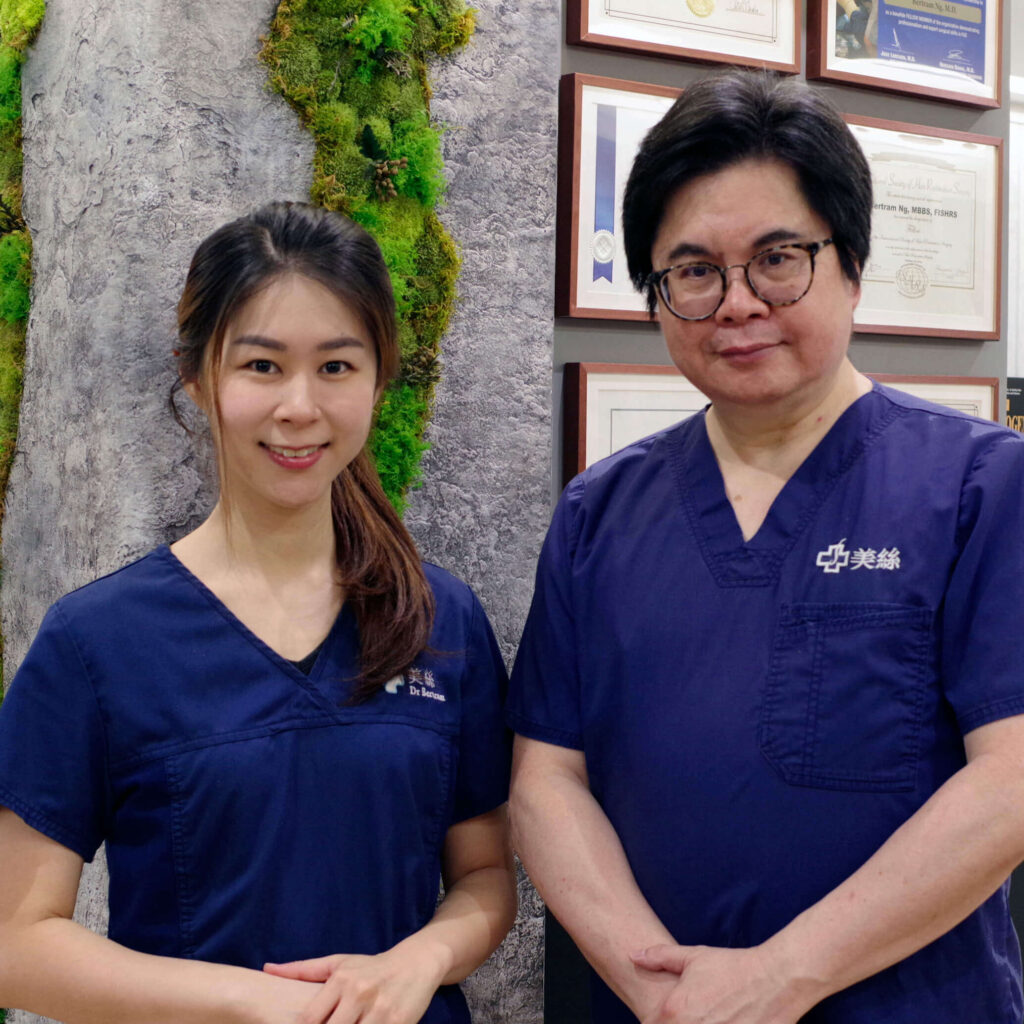
From consultation, surgery, to aftercare, you will receive continued personal care by our doctors, not just consultants.
Have a question? Please feel free to call our friendly customer service.
International Accreditations
Recognized by leading global medical bodies, our clinic stands as one of the most qualified and internationally accredited hair transplant centers in Hong Kong and mainland China. We are proud to uphold the highest standards in medical ethics, safety, and surgical expertise.
Hair transplant is the ultimate solution to restores hair, but not everyone is good candidate.
Our online assessment helps determine if these procedures suit you, saving you time and costs.